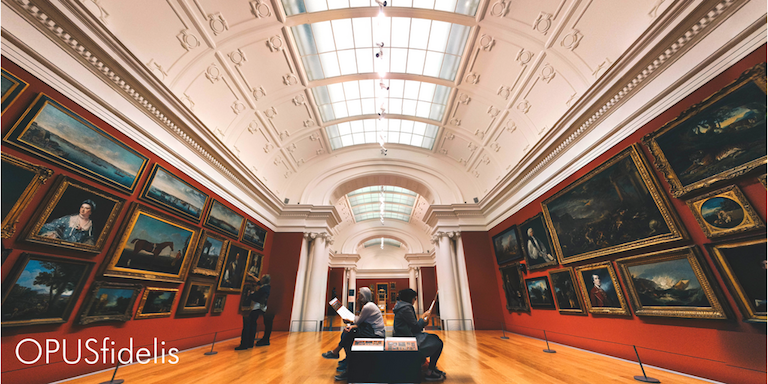Creating a well-designed museum exhibit is no small feat. Seemingly trivial elements such as layout, text, and paragraph length play a huge role in how visitors approach the experience. Here’s what museum design can teach us about mastering a user experience strategy in any space.
Museum designer Beverly Serrell works with major museums including J. Paul Getty Museum, Monterey Bay Aquarium, Exploratorium, and the National Archives to make their exhibitions the best they can be. She’s an expert in microcopy, having written three books about designing and writing museum labels. Here are some of her recommendations.
Don’t write paragraphs longer than 50 words.
Research shows us that that if an exhibit begins with a wall of text containing several paragraphs, most people will read the shortest paragraph first, regardless of where it is in the layout. It’s not like when you’re sitting down in the comfort of your own home with good lighting and a cup of coffee, starting at the beginning of a book or an article, and working your way to the end.
Each element needs to stand on its own.
If you assume that a visitor has read every label leading up to that point, you’re sorely mistaken. Users only stop more to read about the elements they find interesting, and may be confused and frustrated if an explanation assumes prior knowledge.
Start with the specific and work to the general.
Many labels start with the background—where the artist was born, what significant thing happened—and it’s not until you get to the very end that this huge lightbulb goes off and the viewer thinks “Oh, this is what I’m supposed to see.”
Good exhibit writing actually flips the rules: Start with the specific and work to the general; start with the present and work to the past. Often that means literally and figuratively taking out the scissors, cutting out the last paragraph, and putting it at the top.
Don’t blame your users.
If users are struggling with an element of the experience, or ignoring it altogether, it’s most likely your fault, not theirs. Be willing to adapt to better reach your audience.
Make it impossible to miss the “big idea”.
The Big Idea is the answer to the question, “What is this exhibit about?” Visitors generally walk through exhibits quickly and incompletely, so the Big Idea can’t appear just once in the introduction—it has to be a thread that weaves its way through the whole thing, giving people momentum, and moving them in the right direction.
If, at the end of the exhibition, people can’t tell me what the museum was hoping to accomplish, and it’s clear that it didn’t really penetrate them or prompt any depth of thought or emotion, then the exhibit has failed.
Similarly, if we aren’t able to communicate our big idea, then we’ve failed in our marketing. We need to make sure that the message we want to reach our audience is cohesive and clear. With copy that is short and to the point, with the important ideas presented first and feedback taken into account, we will all be able to create a better experience for our audience.


